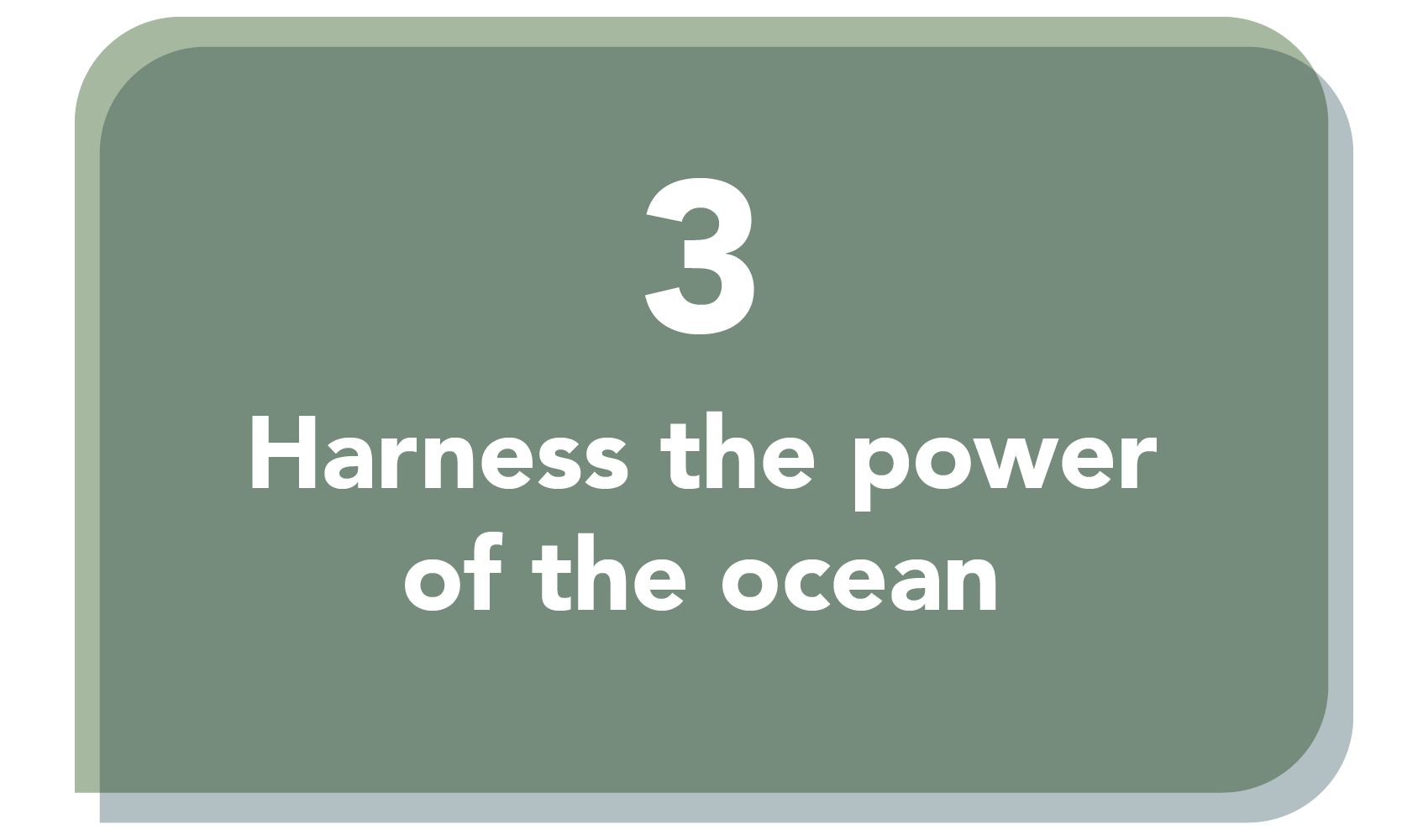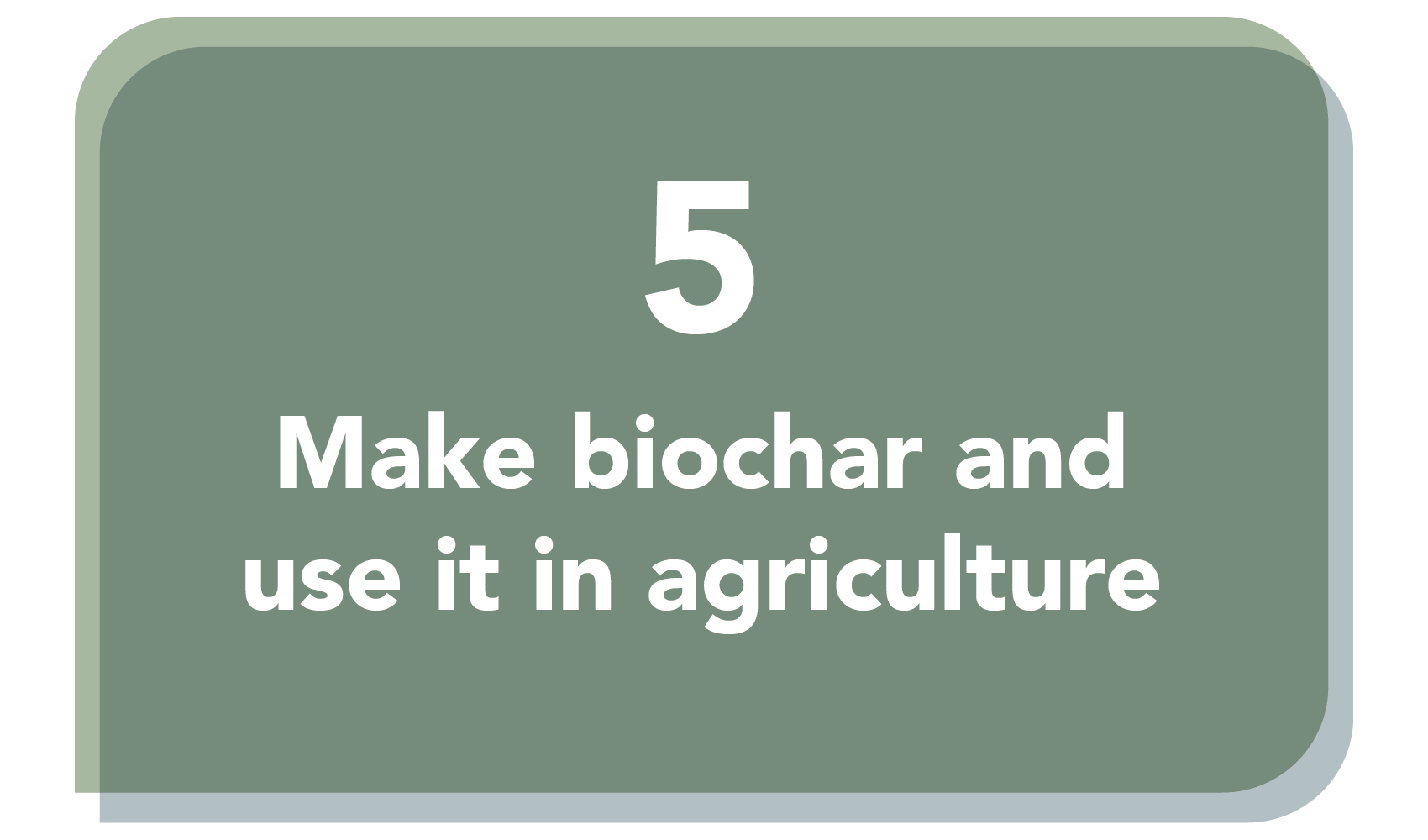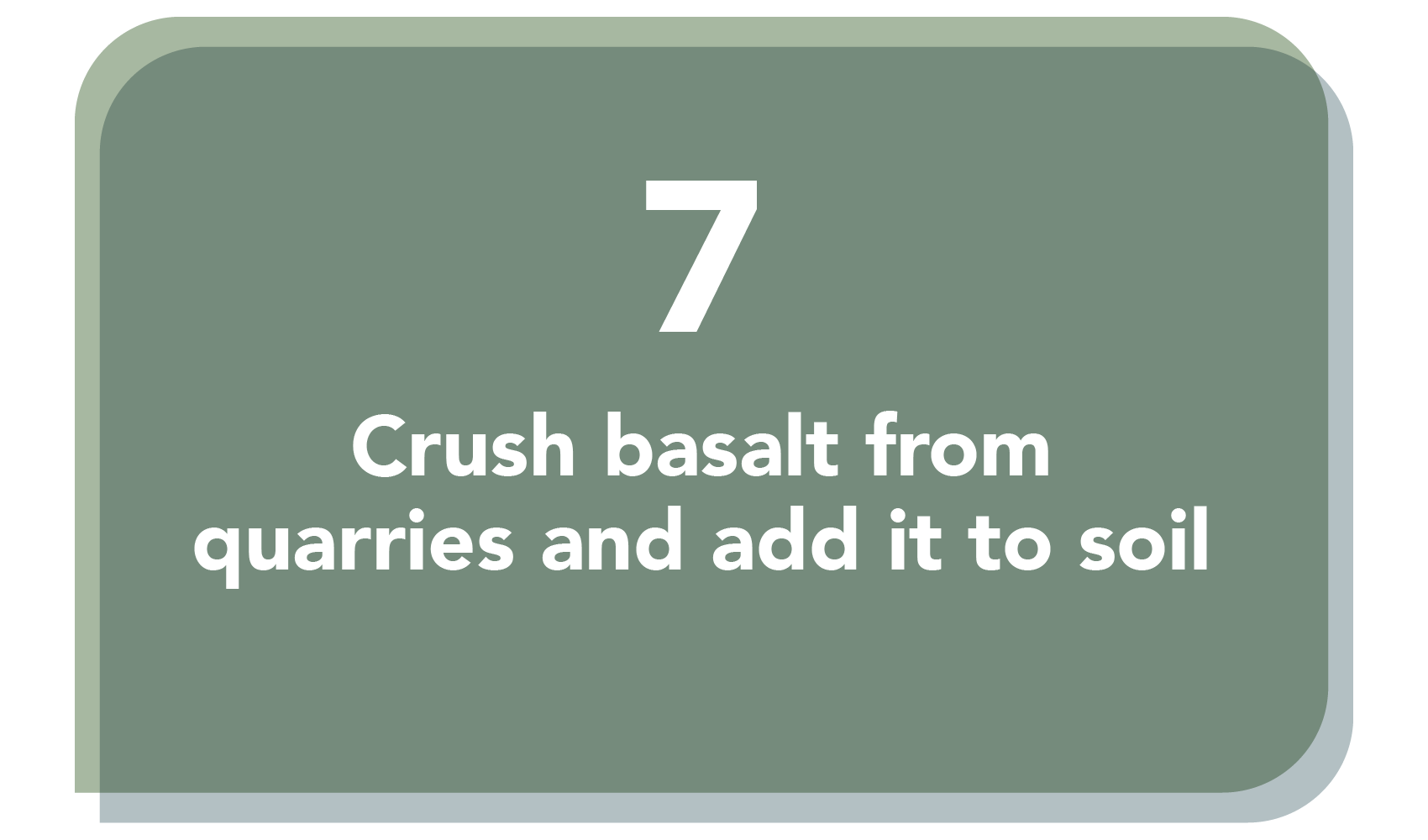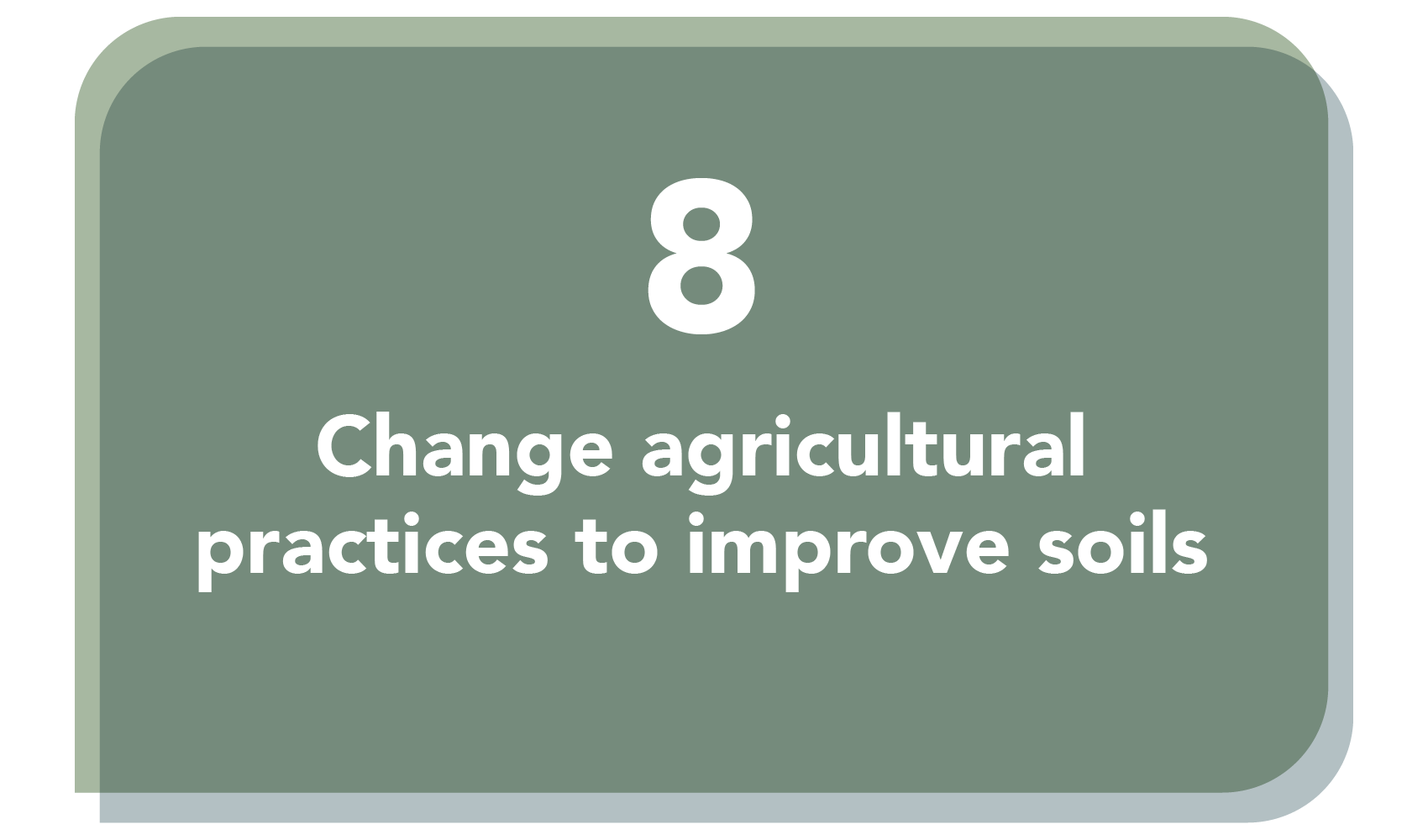
Peatlands are formed from dead and decaying plant material under water-logged conditions. They cover about 10% of the UK, which is one of the highest concentrations in the world.
Huge amounts of carbon are trapped in healthy peatlands because they are wet, preventing dead plant material from fully decomposing. So much, in fact, that the world’s peatlands store twice as much carbon as the world’s forests.

Healthy peatlands accumulate over thousands of years. But drainage and degradation of peatlands from human activity, such as converting them for agriculture, has limited their ability to store carbon. What’s worse, they can actually release CO2 into the air, contributing to our warming climate.

Protecting and restoring peatlands help them do what they do best: removing CO2 from the air and storing it in the ground. This will bring other benefits too, providing vital habitats for flora and fauna, and boosting flood protection for nearby areas.












